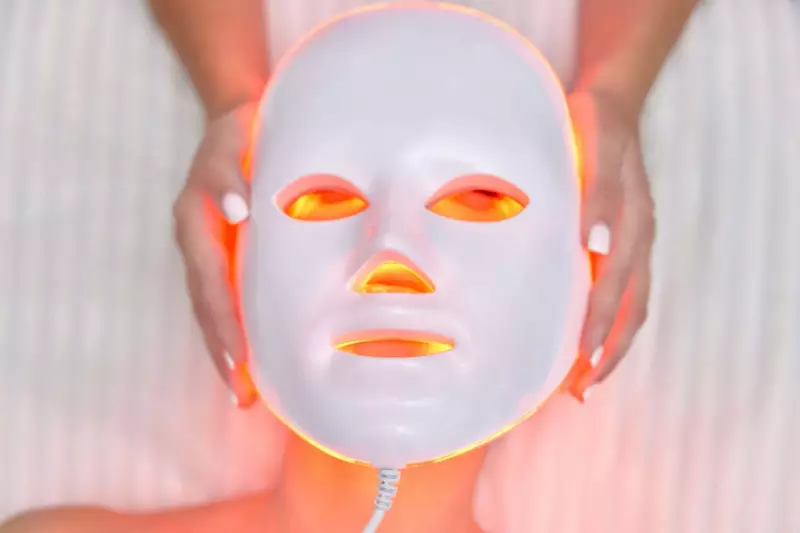
Promising a professional-grade skincare solution from the comfort of your sofa, at-home LED face masks have surged in popularity. With price tags reaching up to £400, these devices claim to combat everything from wrinkles to acne. However, leading dermatologists are now urging caution, highlighting a significant lack of clinical evidence and a recently cracked-down unregulated market.
The Advertising Crackdown and Medical Claims
Just last week, advertising watchdogs in the UK took decisive action, banning adverts that claimed these masks could improve medical skin conditions like acne and rosacea. The ruling emphasised the critical importance of not "blurring the line between cosmetic benefits and medicinal claims." This move underscores that any device making medical assertions must be registered with the Medicines and Healthcare products Regulatory Agency (MHRA).
Dr Justine Kluck, a Harley Street dermatologist, expressed concern to The Independent about the sweeping nature of the claims. "There have been all sorts of claims from treating acne, rosacea, improving skin ageing, fighting inflammation, tackling redness and improving pigmentation," she said. "All of these things have somehow ended up being lumped together."
How LED Masks Work and The Clinic vs. Home Debate
According to Dr Jonathan Kently, a consultant dermatologist and British Skin Foundation spokesperson, these masks operate through a process called photobiomodulation (PBM). The skin absorbs light energy, typically in the infrared range, which is intended to trigger cellular changes and promote the production of collagen and elastin.
LED technology is not new to dermatology. Dr Kluck confirmed that red light, in particular, has been used for decades in clinics to treat sun damage, pre-cancerous skin changes, and even some superficial skin cancers. The core issue, experts point out, is the vast difference in power and efficacy between clinical-grade equipment and consumer devices.
Dr Kently explained that in-clinic LED therapy is "more powerful" and "delivered to the skin more evenly," making it inherently more effective. Dr Kluck added that there is a lack of direct comparative studies, stating, "We're assuming that it does the same thing that the stronger in hospital or in clinic devices do, but people haven’t really done head to heads between them."
The Real Risk: Delaying Proper Treatment
One of the most significant warnings from dermatologists concerns the danger of forgoing proven treatments in favour of unproven at-home solutions, particularly for acne. Dr Kluck highlighted a critical timeline issue. "It does make me upset that people would believe in these devices, which would mean that they delay getting treatment," she said. "We know the risk of acne scarring depends on the severity of the acne, but also the duration. So the longer someone spends trying things that don't work, the higher the risk of scarring."
The evidence supporting the use of these masks for treating specific skin conditions is notably thin. Dr Kluck pointed out that the handful of studies available are often published by the companies selling the masks, introducing a clear bias. "They probably wouldn’t publish data that showed they didn’t work," she noted.
When it comes to anti-ageing, the consensus is that benefits are modest at best. Dr Kluck stated that consistent daily use for months might deliver a "modest improvement in skin quality." Dr Kently agreed that regular use of red light can help boost collagen, but he firmly warned that "there is insufficient evidence to claim they reduce wrinkles." To achieve any potential benefit, the mask would need to be used regularly for 10 to 15 minutes every day.
Ultimately, consumers are navigating a murky and unregulated market. Dr Kently advised, "The masks are quite expensive and really it isn’t clear how much benefit you will actually gain from them." He also stressed that "not all masks are created equal," with some companies investing in research while others mass-produce devices with little thought for efficacy or safety.





